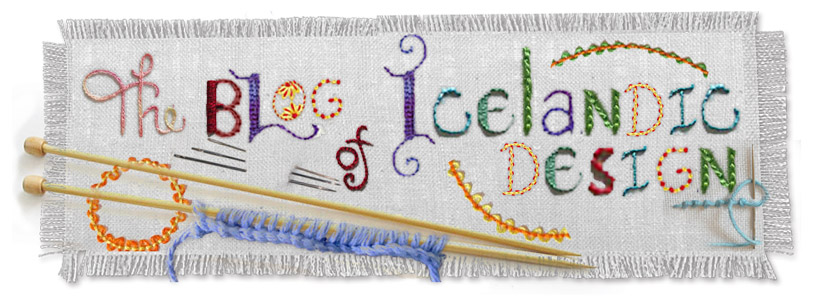To celebrate the Newari Icelandic fairy ornaments having just landed in stores this week, we're going to give some away!
These one-of-kind beauties are hand-felted in Nepal, and feature hand embroidered and beaded details.
Each one of the five have distinct personalities, with accompanying cards featuring their name and place in traditional Icelandic woodland fairy folklore.
They make great gifts (or collect them all). Each is 9" tall, with a string for hanging.
They make great gifts (or collect them all). Each is 9" tall, with a string for hanging.
Here's how you can win a fairy of your own:
1. "Like" us on Facebook.
2. Leave a comment on one of the Fairy's photos in our Facebook album (whichever you love best!)
3. 20 randomly selected fans will win one fairy.
4. When you receive your fairy take a photo of her in her new habitat (in your office, your home, car or garden, for example) and post that to our Facebook wall. (This will enter you in more give-aways and earn you a special discount from an Icelandic retailer!)
You can also purchase them online HERE.
You can also purchase them online HERE.
 |
ASTA Brings Love |
 |
LUKKA Brings Good Luck |
 |
DISA Brings Light and Hope |
 |
HEIMA Watches Over Your Home |
 |
BRITA Brings Good Health |







